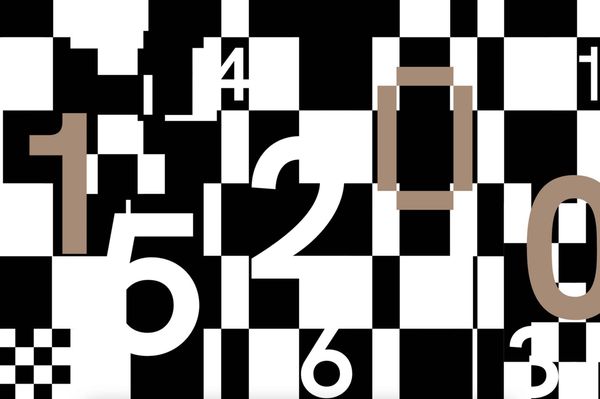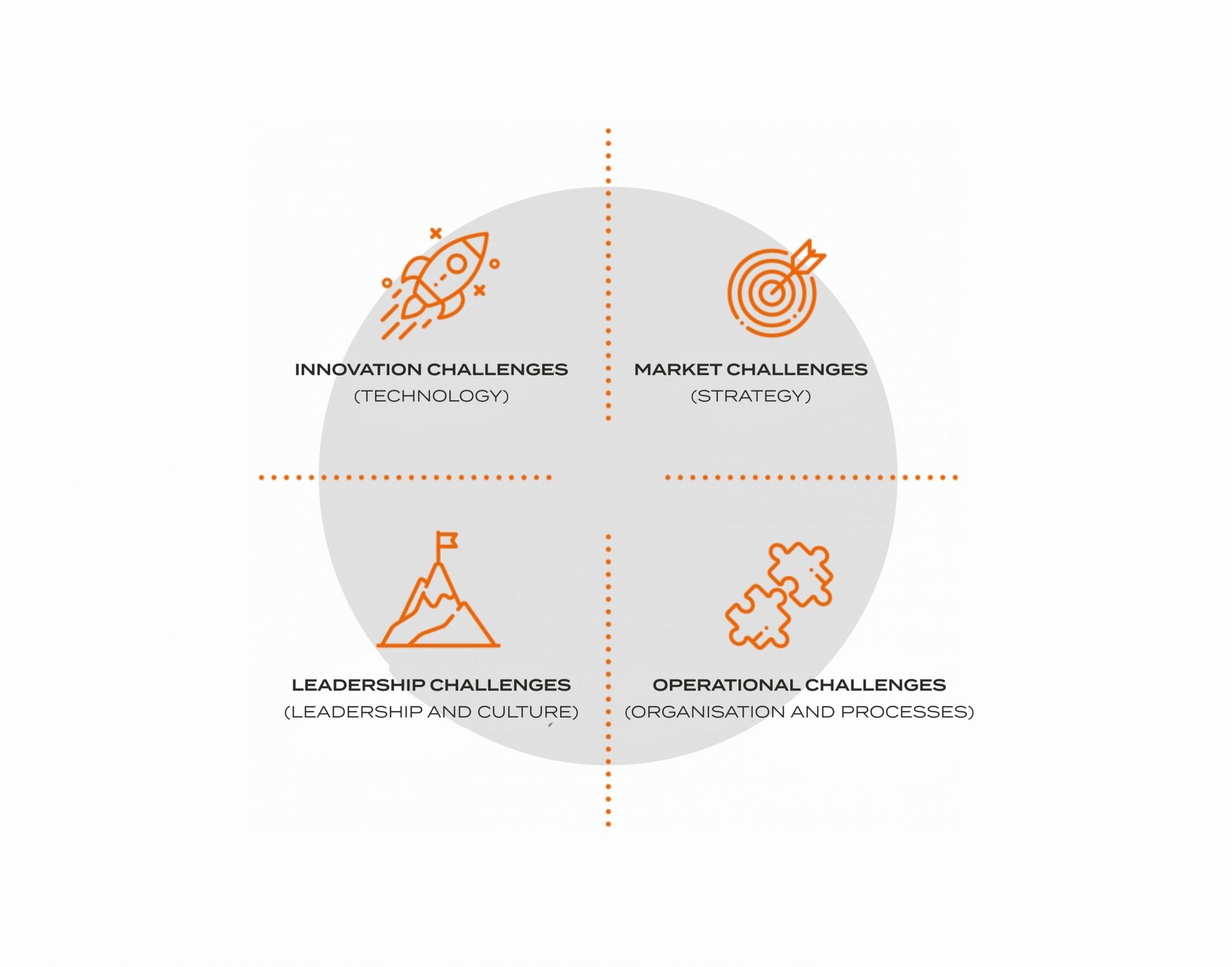We have a clear picture of how digital technologies will transform value chains—says Tamás Kürti, founder of KÜRT Academy, whom we asked about the professions of the future and the project with Moholy-Nagy University of Art and Design. Interview.
On KÜRT Academy’s website, we are greeted with the slogan: “Teaching the professions of the future“. Are we talking about skills or specific professions?
Tamás Kürti: Both skills and specific professions. We have a clear picture of how digital technologies will transform value chains. These are two complex terms. The value chain is about what customers pay for, and how we deliver that to them, how we as an organization effectively create customer value. The other side is digitalization, which is about the speed of change, i.e. the speed at which the ways of creating value effectively are changing. Based on these two, we have determined the professions that we want to deal with; which are changing very fast and therefore the institutional forms of education are not suited to teach them. These are, on one hand, management technologies from product development to strategic management, and on the other hand, data technologies from data sciences to artificial intelligence.
What do you think is the reason that higher education is falling behind in these areas? Is this a general, global trend or a country-specific structural feature?
Csaba Császár: This is not a Hungarian phenomenon, but a global one. Educational institutions build their curriculum on a stable long-term vision, which is sometimes used for decades. KÜRT Academy on the other hand is focusing on professions that often change on a quarterly basis in terms of technology or even methodology. At the Academy, we teach with the best practicing professionals in the country, who also have a sense for education, because we believe that real challenges and solutions can only be truly understood if someone experiences them in practice.
What advantage does the KÜRT Academy have compared to the academic sphere or its competitors in the market, having mentioned that there can sometimes be changes on a quarterly basis?
TK: As professionals, we are constantly working on major transformations in medium and large companies, so we have plenty of experience of what is changing and how, and we incorporate this into our training. We build knowledge from experience.
When experience becomes knowledge, what is it that you can pass on to the typically artistically oriented students of MOME?
CsCs: Both we and the MOME think systemically. Strange as it may sound, even the most artistic designer or most creative artist thinks or perceives things in big systems. We provide them with the systems and tools they need to successfully deliver creative ideas to clients. This includes developing a sustainable business model, strategizing, or even using state-of-the-art technology. Once the general knowledge and approach are established, we then work closely with the teachers in each discipline to help develop the entrepreneurial skills needed for the specific field. Here, we will have an easy task, because MOME’s excellent experts, researchers and teachers know from experience what students’ needs are and have launched forward-looking initiatives in several areas.
Our philosophy as developers is to empower our partners to solve challenges on their own. In practice, this means that we also support those who teach at MOME and understand the needs of students very well. We are working on the implementation of MOME’s strategy to become one of the most outstanding art universities in Central and Eastern Europe—but to achieve this, they also need innovative courses that they cannot develop on their own.
In addition to developing the educational program, do you also support MOME in other areas?
CsCs: There are two additional support projects. We are supporting the implementation of the strategy by designing and facilitating a process to ensure alignment and transparent communication of organizational and unit-level objectives. In addition, we are also supporting the development and implementation of an individual performance improvement system by intensively involving stakeholders as experts.
What are the specific challenges of working as a developer with MOME?
CsCs: MOME is a very complex institution: in addition to the philosophers, the creators working in the glasshouse or the digital animators, the units that support them and connect them to the market must also work together along with a common set of goals. Creating the motivation to do this and developing a flexible methodology to back it up is the most exciting task for us. Fortunately, we meet a lot of leaders and colleagues in the institution who are committed to change and who mobilize a lot of energy, so it is a pleasure to engage in this task.
Is this your first higher education project?
TK: Although we mainly work for clients in the competitive market, several of my colleagues have extensive experience in other sectors (education, non-profit sector, public administration). The tools and concepts we use can, with the right customization, be successfully applied across a wide range of sectors.
Following the successful MOME collaboration, if other higher education institutions approached you with similar requests, would you say yes?
CsCs: If the necessary preconditions are met, yes. The first of these is a strong commitment from the leadership to system-wide and individual change and development, and the second is a commitment to implement the changes they seek through internal dialogue involving a wide range of key managers and staff. For us, these are fundamental criteria and we are fortunate to see them fulfilled by the MOME.
What drives the teachers at KÜRT Academy to offer their expertise to students who want to learn?
TK: They also learn from taking the knowledge they have acquired in their own field and applying it in a different field, and from working with a team of different professionals with a unique integrated methodology. It is this kind of joint thinking that drives teachers forward, as they can use the experience in their work.
It is basically a two-way channel. Give and take?
TK: Very much so. This is something money can’t buy. We’re talking about the most successful people in the country who are motivated by who they can work with and how they can work with them. We’re being selective about the tasks we take on. We play a very thin field of cutting-edge technologies, markets and professionals.
Going back to the beginning. Where did the idea for the Academy come from?
TK: There were two important moments in my life. The first is that I come from a family of entrepreneurs, where I was able to see how to work with cutting-edge technology, strategy and management methodology. Luckily for me, it came naturally. The second moment was to see what we humans could do with business and technology with our humanity. A decade and a half ago, I was a lecturer in a business coach training course of László Mérő and he said that the institution where we did the training was not suitable to support it, because we change the curriculum every quarter. Why not make it a corporate institution where we can do that? And we did it.
Tamás Kürti: Second generation entrepreneur, co-owner and head of the KÜRT Academy. He leads agility and digitalization-focused senior management and strategy programs. Previously, he led the research and development business unit of KÜRT Information Management & Data Recovery Co. He holds a bachelor’s degree in technical management with a major in entrepreneurship and a master’s degree in organizational development and coaching with a major in innovative team development.
Csaba Császár: He graduated as an economist at Corvinus University, then after a few years of teaching at the university, he and his colleagues founded OD Partner in the years of the regime change, of which he was a leading member and one of the leaders for 23 years. He has been working on corporate transformation and leadership development programs. He is a senior partner and organizational development expert at the KÜRT Academy.

HIGHLIGHTS | Colorful typography











